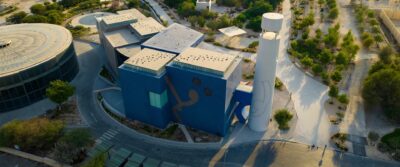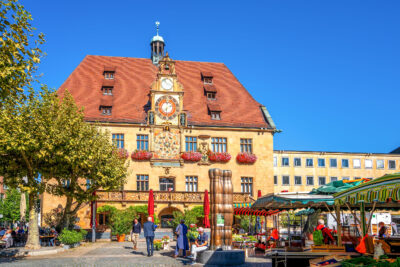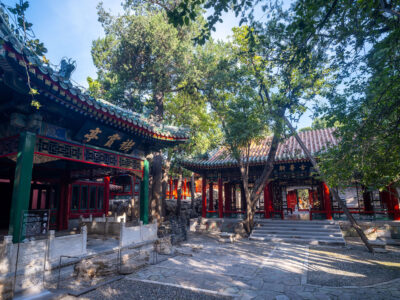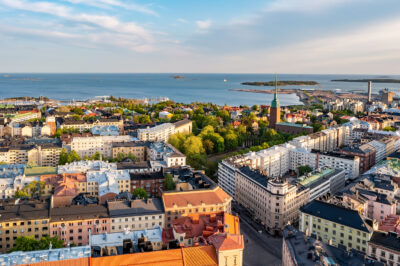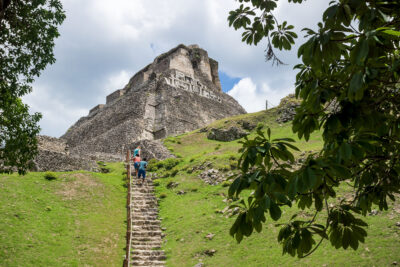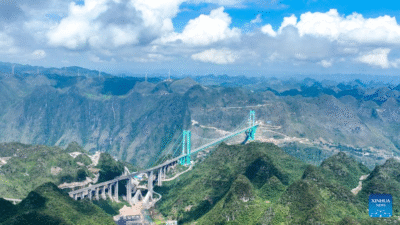
WANDERLUST NEWS
Mexico, Guatemala and Belize create trinational reserve to protect Maya Forest Mexico, Guatemala and Belize create trinational reserve to protect Maya Forest
Mexico, Guatemala and Belize have signed an agreement to establish a new trinational reserve to protect the Maya Forest.
Covering 5.7 million hectares, the new Biocultural Corridor of the Great Mayan Forest (CBGSM – Corredor Biocultural de la Gran Selva Maya) will help preserve the second largest tropical rainforest in the Americas.
The biocultural corridor will be made up of 27 protected areas in Guatemala, 11 in Belize, and 12 in Mexico, including the Mirador-Río Azul National Park, the Aguas Turbias Protected Natural Area and the Calakmul Biosphere Reserve.
These protected areas encompass a mix of ecosystems across the Yucatán Peninsula, including lowland, mid- and highland tropical rainforests and the Petenes mangroves. Around 7,000 species call the peninsula home, including 200 that are at risk and 50 priority species. Visitors head here to spot animals including jaguars, tapirs, spider monkeys, and quetzals.
Belizean Prime Minister John Antonio Briceño said, “We are not only protecting an ecosystem, but also honouring the legacy of the civilisation that once flourished in these territories. Mexico, Guatemala, and Belize demonstrate once again that our political borders do not divide, but rather unite efforts to preserve one of the last lungs of the planet and the living heritage of the Mayan people.”
The joint declaration “recognizes the living cultures of the region – the indigenous Mayan and Afro-descendant communities – as guardians of nature”. The three countries have agreed to share information, technology and training in integrated fire management, illegal logging, and deforestation, and will work together to manage the use of timber and non-timber forest resources to benefit local communities.
Aside from wildlife, the Maya Forest is best known for archaeological sites including Calakmul and Balamkú in Mexico, Yaxhá, Nakum and Naranjo in Guatemala, and La Milpa in Belize.
The Mexican part of the Yucatán Peninsula is connected by the Mayan train, with stops in destinations such as Palenque, Chichén Itzá and Cancún. The project, which was completed in December 2024, has been criticised by Indigenous communities and Greenpeace due to its environmental impact.
According to AP News, the Mayan Train was discussed at the press conference announcing the biocultural corridor. Guatemalan President Bernardo Arévalo stated that connecting the Maya train to Guatemala and Belize is under consultation, but that the line “will not pass through any protected area”.
Read next: Mayans, mezcal and mot-mots – Road tripping through Mexico’s Yucatán Peninsula
